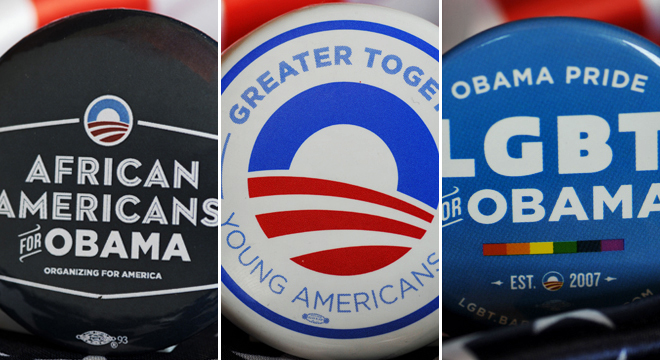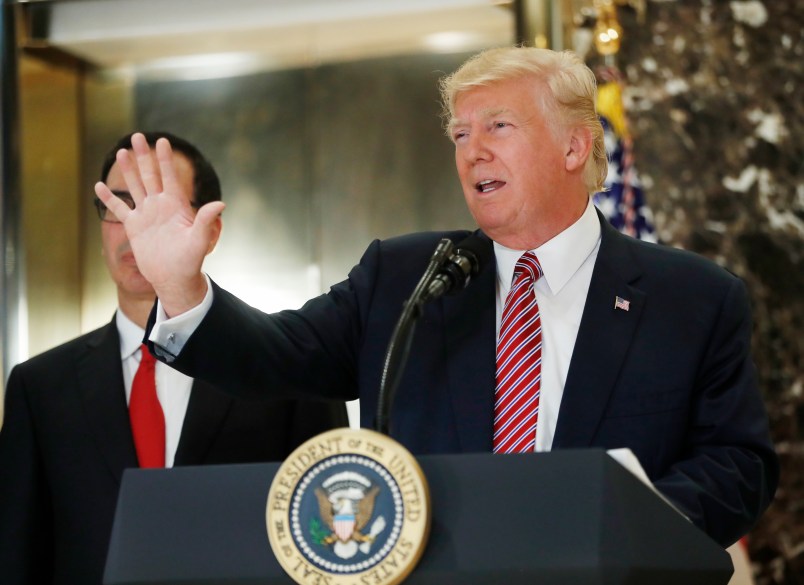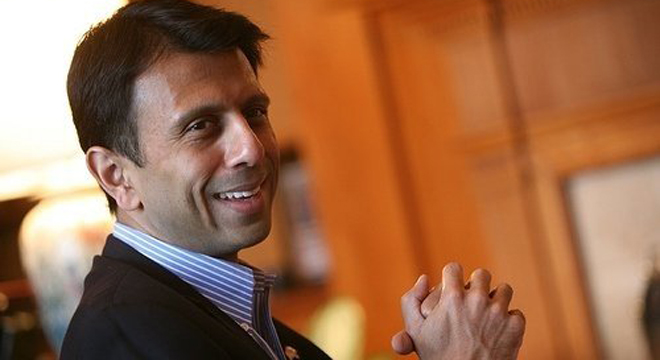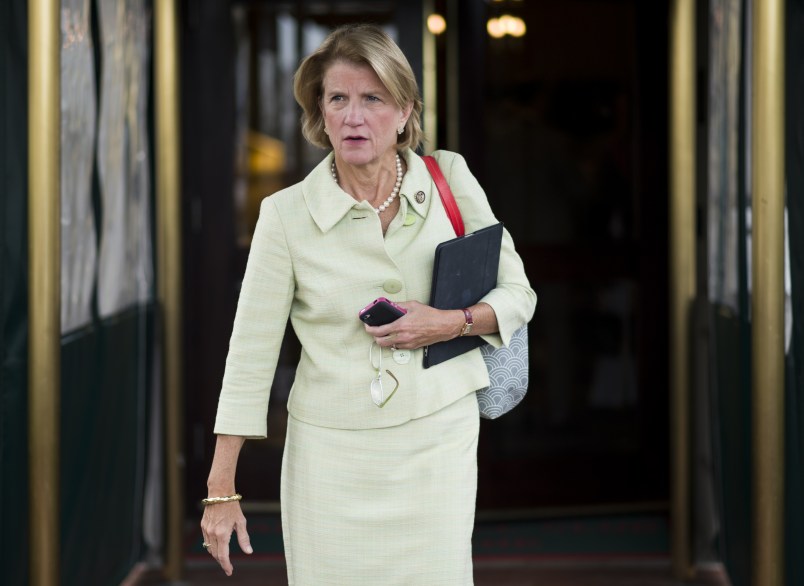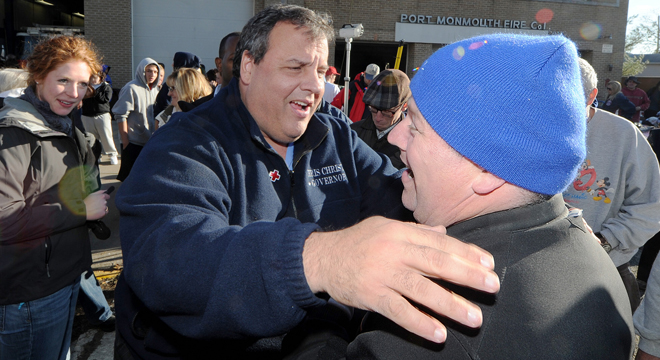President Barack Obama’s base is weary. His opposition is fired up. On the day of his speech at the Democratic National Convention, and with just two months left until Election Day, his task is clear: Get supporters to the polls.
To that end, the president has used the bully pulpit in recent months to mobilize the disparate coalitions that helped power him to victory in 2008.
In the spring, Obama took on House Republicans over rising student loan rates, part of an effort to motivate young voters who proved instrumental to his win four years ago.
His endorsement of same-sex marriage has emerged as an organizing and fundraising tool for the campaign within the LGBT community.
The June directive to implement parts of the DREAM Act helped Obama expand an already massive lead among Latino voters.
Obama and the entire Democratic Party have for months highlighted Republican positions on contraception and abortion to widen their lead among women.
And the president is hoping that black voters — a contingent that has been unwavering in its support of Obama — will again turn out en masse this November.
Looming over each of those efforts has been a palpable enthusiasm edge held by Republicans over Democrats (even if that hasn’t always translated to enthusiasm for Mitt Romney). That enthusiasm gap manifested itself most clearly over the last month, as major national surveys showed a dip in Obama’s level of support among “likely voters,” as opposed to registered voters:
⢠A Fox News poll last month showed Obama’s 1-point edge among registered voters flip to a 2-point lead for Romney among likely voters.
⢠Obama’s 9-point lead among registered voters dropped to a 2-point lead among likely voters in a late-August CNN poll. Another CNN poll released Tuesday showed the president leading by 7 points among registered voters, but locked in a dead heat with Romney among likely voters.
⢠The president held a 7-point lead among general population adults in an ABC News/Washington Post poll released last week, but trailed Romney by 2 points among likely voters.
Pollsters typically wait until the later stages of the campaign before using likely voter samples — some even argue that it’s futile to include them before September — for the simple reason that it is harder to gauge the likelihood that someone will make it to the polls several months out from Election Day. While there’s some variance among the likely voter models employed by different polling outlets, what unites them is a slate of questions designed to produce a narrower pool of respondents. The screening questions frequently pertain to knowledge of and intention to vote in the current election cycle, as well as participation in the previous election.
Scott Keeter, director of survey research at Pew Research Center, told TPM that he believes Obama’s vulnerabilities across the likely voter samples probably arise from questions regarding knowledge and understanding of the current campaign. It’s a “plausible theory,” he said, that the GOP’s enthusiasm advantage has resulted in Obama’s lagging support among likely voters.
“If you do just a crosstab of how enthusiastic people are or how much they’re paying attention to the campaign, Obama does worse among those paying the most attention,” Keeter said.
But there are historical factors at work, too. Likely voter models typically favor Republican candidates because the GOP’s affluent base is more naturally predisposed to voting than many Democratic constituencies. Lee Miringoff, director of the Marist Institute for Public Opinion at Marist College, said Obama’s gap in support is intrinsic to all Democratic candidates.
“It’s probably a little bit of both, but I think it’s more historical than Obama-based,” Miringoff told TPM. “It’s not unusual and it’s totally expected that the pool of likely voters will be slightly more of a Republican flavor. The Democratic base is more diffuse as far as turnout potential.”
Keeter says would-be Obama supporters probably haven’t been excluded from likely voter pools based on screening questions related to participation in the previous election cycle. Obama and other down-ballot Democrats benefited from robust turnout in 2008.
“That was a good year for Democrats,” Keeter said. “That question probably doesn’t hurt Democrats when you employ it as part of the likely voter scale because the answer there is from a lot of people who voted Democratic. Given the demographics of Obama’s electorate in 2008, that question and any other question related to familiarity with the process or having voted in 2008 doesn’t hurt Democrats.”
But likely voter models are imperfect, and there’s no guarantee that someone who voted last time will vote again this year. For the Obama campaign, that remains the biggest impediment to securing re-election. Young people, Latinos and African-Americans won’t flip their allegiance to Romney, but they may opt to stay home.
Miringoff detected an effort by first lady Michelle Obama on Tuesday night at the Democratic National Convention to assuage members of her husband’s coalition who are either vexed by economic woes or disenchanted with the president’s first term.
The first lady said, to roars from the crowd: “I have seen firsthand that being president doesn’t change who you are. It reveals who you are.”
“It’s a message to the groups who supported him: You loved him then, and there’s no reason to change now,” Miringoff said. “And that really gets to this turnout issue.”
All campaigns have a two-pronged focus on persuasion and turnout, but the latter carries particular urgency this year due to an unusually low number of undecided voters.
“The bottom line in all of this is that the task in an election is not just to convince people, but to get them out of the house and into the polls or doing what they need to do to vote early,” Keeter said. “That task always seems a bit harder for Democrats and this year especially due to the economic circumstances and the loss of enthusiasm that they captured so well in 2008.”





